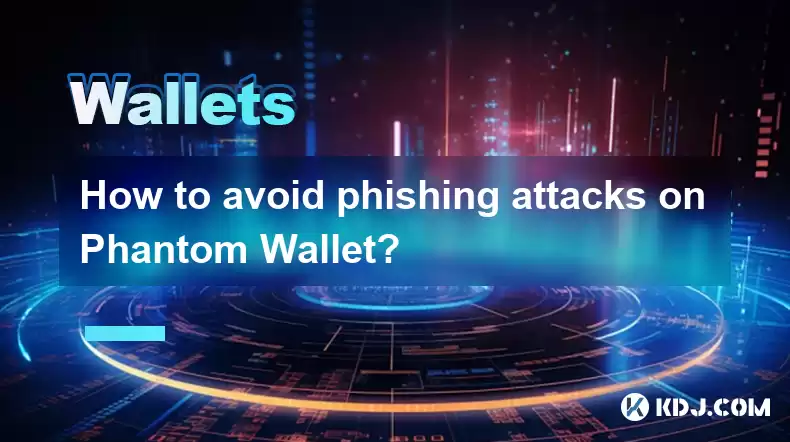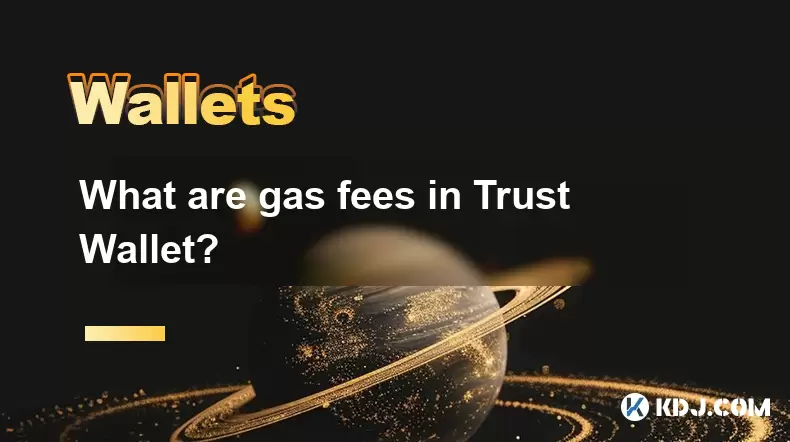-
 Bitcoin
Bitcoin $114400
1.32% -
 Ethereum
Ethereum $3499
2.20% -
 XRP
XRP $2.922
4.26% -
 Tether USDt
Tether USDt $0.0000
0.03% -
 BNB
BNB $752.6
1.53% -
 Solana
Solana $161.8
1.64% -
 USDC
USDC $0.9999
0.01% -
 TRON
TRON $0.3267
1.32% -
 Dogecoin
Dogecoin $0.1991
3.02% -
 Cardano
Cardano $0.7251
3.29% -
 Hyperliquid
Hyperliquid $38.32
3.36% -
 Stellar
Stellar $0.3972
7.58% -
 Sui
Sui $3.437
2.74% -
 Chainlink
Chainlink $16.29
3.65% -
 Bitcoin Cash
Bitcoin Cash $545.3
3.70% -
 Hedera
Hedera $0.2482
7.49% -
 Ethena USDe
Ethena USDe $1.001
0.03% -
 Avalanche
Avalanche $21.40
2.02% -
 Toncoin
Toncoin $3.579
1.56% -
 Litecoin
Litecoin $109.3
2.20% -
 UNUS SED LEO
UNUS SED LEO $8.951
-0.18% -
 Shiba Inu
Shiba Inu $0.00001220
2.75% -
 Polkadot
Polkadot $3.613
2.99% -
 Uniswap
Uniswap $9.173
3.78% -
 Monero
Monero $302.6
2.62% -
 Dai
Dai $0.0000
0.00% -
 Bitget Token
Bitget Token $4.320
1.52% -
 Pepe
Pepe $0.00001048
3.40% -
 Cronos
Cronos $0.1314
4.33% -
 Aave
Aave $259.4
3.54%
How to avoid phishing attacks on Phantom Wallet?
To protect your Phantom Wallet from phishing, verify communication sources, use official channels for downloads, secure your seed phrase, enable 2FA, and keep the wallet updated.
Apr 25, 2025 at 01:15 am

Phishing attacks are a prevalent threat in the cryptocurrency world, and users of the Phantom Wallet are not immune to these dangers. Phantom Wallet, a popular non-custodial wallet for the Solana blockchain, offers robust security features, but it's crucial for users to understand how to protect themselves from phishing attempts. This article will guide you through various strategies and best practices to avoid phishing attacks on Phantom Wallet.
Understanding Phishing Attacks
Phishing attacks involve fraudsters posing as legitimate entities to trick users into revealing sensitive information such as private keys, seed phrases, or passwords. In the context of Phantom Wallet, attackers may send emails, messages, or create fake websites that mimic the official Phantom Wallet interface to deceive users. Understanding the common tactics used by phishers is the first step in safeguarding your assets.
Verifying the Source of Communication
One of the most effective ways to avoid phishing attacks is to verify the source of any communication you receive regarding your Phantom Wallet. Always check the email address or the URL of any website before interacting with it. Official communications from Phantom Wallet will come from verified sources, such as hello@phantom.app or support@phantom.app. If you receive an email or message from an unfamiliar or slightly altered address, it's likely a phishing attempt.
- Check the email address: Ensure it matches the official Phantom Wallet contact information.
- Inspect the URL: Before entering any information on a website, verify that the URL is
phantom.appand not a variation likephamtom.apporphantom-wallet.com.
Using Official Channels
To further protect yourself from phishing, always use official channels when downloading the Phantom Wallet or seeking support. The Phantom Wallet can be safely downloaded from the official website phantom.app or reputable app stores like the Apple App Store or Google Play Store. Avoid downloading the wallet from third-party websites or links shared on social media, as these could be phishing traps.
- Download from the official website: Visit
phantom.appto download the wallet directly. - Use reputable app stores: Download the Phantom Wallet from the Apple App Store or Google Play Store to ensure you're getting the legitimate app.
Securing Your Seed Phrase
Your seed phrase is the key to your Phantom Wallet, and protecting it is paramount. Phishers often target users' seed phrases to gain access to their wallets. Never share your seed phrase with anyone, and be wary of any request to enter your seed phrase on a website or in an email. Phantom Wallet will never ask you to input your seed phrase anywhere except during the initial setup process.
- Keep your seed phrase offline: Store it in a secure, physical location away from digital access.
- Use a hardware wallet: Consider using a hardware wallet like Ledger or Trezor to add an extra layer of security to your Phantom Wallet.
Enabling Two-Factor Authentication (2FA)
Enabling two-factor authentication (2FA) on your Phantom Wallet adds an additional layer of security, making it harder for phishers to access your account even if they manage to obtain your password. 2FA requires a second form of verification, typically a code sent to your mobile device, before allowing access to your wallet.
- Enable 2FA in settings: Go to the Phantom Wallet settings and follow the prompts to set up 2FA.
- Use an authenticator app: Instead of SMS-based 2FA, use an authenticator app like Google Authenticator or Authy for enhanced security.
Regularly Updating the Wallet
Keeping your Phantom Wallet updated is crucial for maintaining security against phishing and other cyber threats. Regular updates often include patches for newly discovered vulnerabilities, ensuring that your wallet remains secure. Always download updates from the official Phantom Wallet website or app stores.
- Check for updates: Regularly visit the Phantom Wallet website or check the app store for the latest version.
- Install updates promptly: As soon as an update is available, install it to ensure you have the latest security features.
Educating Yourself on Phishing Tactics
Education is a powerful tool in the fight against phishing. Stay informed about the latest phishing tactics and scams targeting cryptocurrency users. Follow reputable sources within the crypto community, such as official Phantom Wallet social media accounts and cryptocurrency news outlets, to stay updated on potential threats.
- Follow official accounts: Keep an eye on Phantom Wallet's official Twitter and other social media channels for security alerts.
- Join community forums: Engage with the Phantom Wallet community on platforms like Reddit or Discord to learn from others' experiences and share knowledge.
Frequently Asked Questions
Q: Can I recover my Phantom Wallet if I fall victim to a phishing attack?
A: If you've lost your seed phrase to a phishing attack, unfortunately, there's no way to recover your wallet. Always keep your seed phrase secure and never share it with anyone.
Q: What should I do if I suspect I've received a phishing email from Phantom Wallet?
A: Do not interact with the email. Report it to Phantom Wallet's support team at support@phantom.app and delete it immediately. If you've entered any sensitive information, change your password and consider moving your assets to a new wallet.
Q: Is it safe to use Phantom Wallet on public Wi-Fi?
A: Using Phantom Wallet on public Wi-Fi is not recommended due to the potential for man-in-the-middle attacks. If you must use public Wi-Fi, ensure you're using a VPN to encrypt your connection.
Q: How can I verify if a website claiming to be Phantom Wallet is legitimate?
A: Always check the URL carefully. The official Phantom Wallet website is phantom.app. Look for the padlock icon in the browser's address bar, indicating a secure connection, and avoid clicking on links from unknown sources.
Disclaimer:info@kdj.com
The information provided is not trading advice. kdj.com does not assume any responsibility for any investments made based on the information provided in this article. Cryptocurrencies are highly volatile and it is highly recommended that you invest with caution after thorough research!
If you believe that the content used on this website infringes your copyright, please contact us immediately (info@kdj.com) and we will delete it promptly.
- Cold Wallet vs. MetaMask: A Web3 Wallet Revolution?
- 2025-08-04 06:30:12
- Chainlink Price Prediction: Bearish Continuation or a Bullish Reversal?
- 2025-08-04 06:35:12
- Bitcoin Whale Alert: Navigating Liquidation Risks in a Volatile Market
- 2025-08-04 07:10:12
- BNB Price Under Pressure: Navigating the Bearish Trend and Market Sentiment
- 2025-08-04 07:15:12
- Bitcoin Price Wobbles: Options Analysis Points to Bullish Undercurrent Despite Dip
- 2025-08-04 04:30:12
- Ark Invest, Coinbase, and Bitcoin: Decoding the Crypto Investment Landscape in NYC
- 2025-08-04 04:30:12
Related knowledge

What is a watch-only wallet in Trust Wallet?
Aug 02,2025 at 03:36am
Understanding the Concept of a Watch-Only WalletA watch-only wallet in Trust Wallet allows users to monitor a cryptocurrency address without having ac...

How to fix a stuck pending transaction in Trust Wallet?
Aug 03,2025 at 06:14am
Understanding Why Transactions Get Stuck in Trust WalletWhen using Trust Wallet, users may occasionally encounter a pending transaction that appears t...

What is a multi-coin wallet in Trust Wallet?
Aug 03,2025 at 04:43am
Understanding Multi-Coin Wallets in Trust WalletA multi-coin wallet in Trust Wallet refers to a digital wallet that supports multiple cryptocurrencies...

How to switch between networks in Trust Wallet?
Aug 02,2025 at 12:36pm
Understanding Network Switching in Trust WalletSwitching between networks in Trust Wallet allows users to manage assets across different blockchains s...

How to check my full transaction history on Trust Wallet?
Aug 02,2025 at 09:24am
Understanding Transaction History in Trust WalletTrust Wallet is a widely used non-custodial cryptocurrency wallet that supports a broad range of bloc...

What are gas fees in Trust Wallet?
Aug 04,2025 at 06:14am
Understanding Gas Fees in Trust WalletGas fees in Trust Wallet refer to the transaction costs required to execute operations on a blockchain network. ...

What is a watch-only wallet in Trust Wallet?
Aug 02,2025 at 03:36am
Understanding the Concept of a Watch-Only WalletA watch-only wallet in Trust Wallet allows users to monitor a cryptocurrency address without having ac...

How to fix a stuck pending transaction in Trust Wallet?
Aug 03,2025 at 06:14am
Understanding Why Transactions Get Stuck in Trust WalletWhen using Trust Wallet, users may occasionally encounter a pending transaction that appears t...

What is a multi-coin wallet in Trust Wallet?
Aug 03,2025 at 04:43am
Understanding Multi-Coin Wallets in Trust WalletA multi-coin wallet in Trust Wallet refers to a digital wallet that supports multiple cryptocurrencies...

How to switch between networks in Trust Wallet?
Aug 02,2025 at 12:36pm
Understanding Network Switching in Trust WalletSwitching between networks in Trust Wallet allows users to manage assets across different blockchains s...

How to check my full transaction history on Trust Wallet?
Aug 02,2025 at 09:24am
Understanding Transaction History in Trust WalletTrust Wallet is a widely used non-custodial cryptocurrency wallet that supports a broad range of bloc...

What are gas fees in Trust Wallet?
Aug 04,2025 at 06:14am
Understanding Gas Fees in Trust WalletGas fees in Trust Wallet refer to the transaction costs required to execute operations on a blockchain network. ...
See all articles

























































































